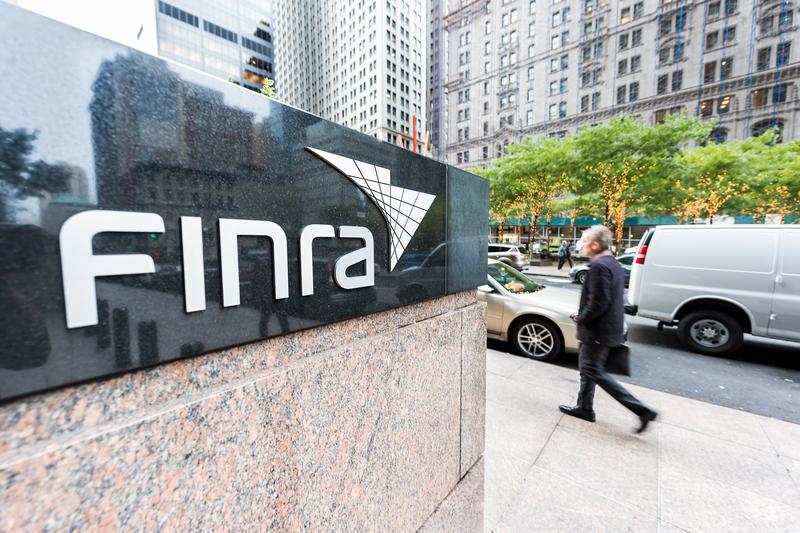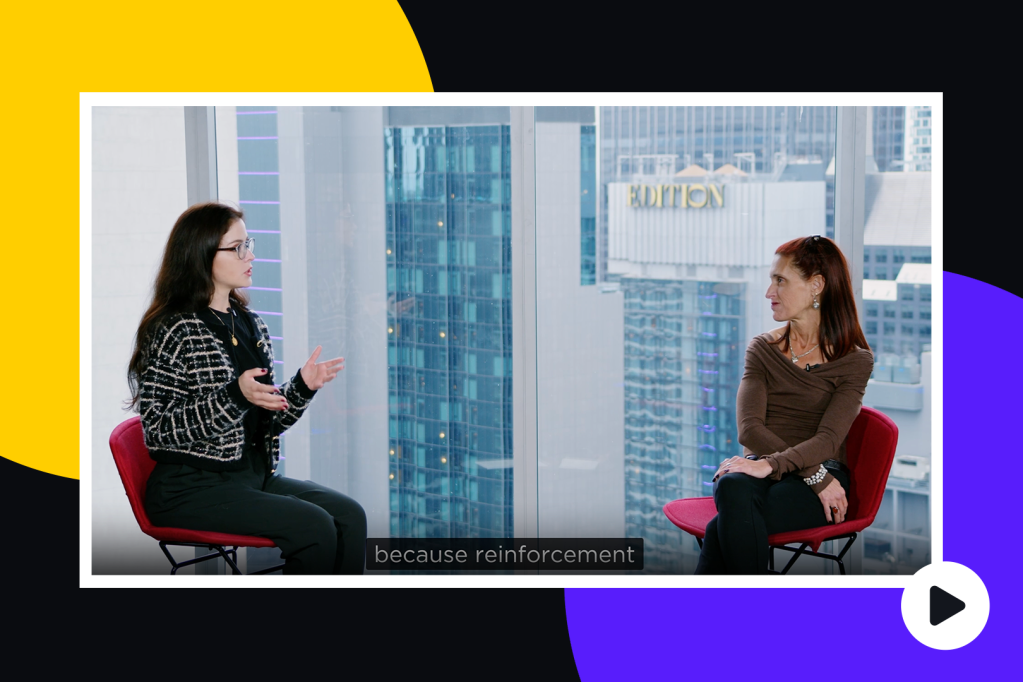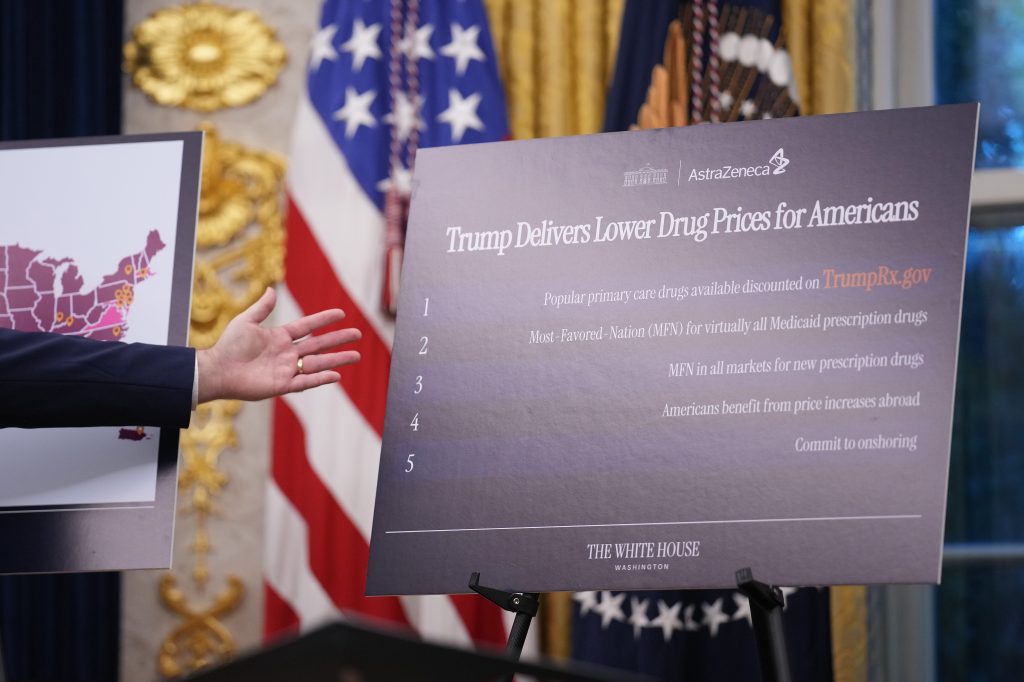This is a transcript of the podcast episode Masatoshi Honda on navigating the ‘lab to market’ journey with AI governance between GRIP’s Senior Reporter Vlada Gurvich and Masatoshi Honda, Venture Partner at Lifetime Ventures and Associate Professor at Kyoto University.
[INTRO]
Vlada Gurvich: Greetings, everyone, and welcome to a
Register for free to keep reading.
To continue reading this article and unlock full access to GRIP, register now. You’ll enjoy free access to all content until our subscription service launches in early 2026.
- Unlimited access to industry insights
- Stay on top of key rules and regulatory changes with our Rules Navigator
- Ad-free experience with no distractions
- Regular podcasts from trusted external experts
- Fresh compliance and regulatory content every day













